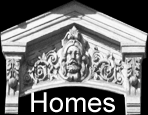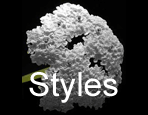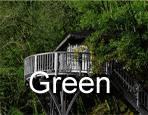Blue Houses
Blue houses are quite common in central Europe – in fact, more and more common as bright colors have grown quite fashionable. History is rife with stories about the origin of these colored houses, the oldest one dating from the 16th century. Up until the 1830’s, to achieve these colors, lime was mixed with Prussian blue mineral dye made with cobalt or copper.
No vegetable dye was ever used as it tended to turn brown with age. From the 1830’s on, the development of chemical plants producing dye for the textile industry steadily brought new techniques for coloring lime. The color blue possessed symbolic meaning, although history has sometimes overemphasized its importance. Blue was said to be the color of the Virgin and thus of Catholics while red was the color of Protestants.
According to an old folk legend, the priest of a small Alasatian village in the 16th century granted land to the people of the village under the condition that the walls were painted blue. Right across the border from Alsace however is Germany, which was largely at the time Protestant. In Germany, blue was seen as the color of France while red was beloved in Germany as the symbol of Protestantism.
This blue house is situated in the north east of France near Bouxville an area with a predominant protestant population.
A medieval blue house in Alsace, France.
A blue house in South Germany
Modern blue houses
The garden is every bit as striking as the house.












